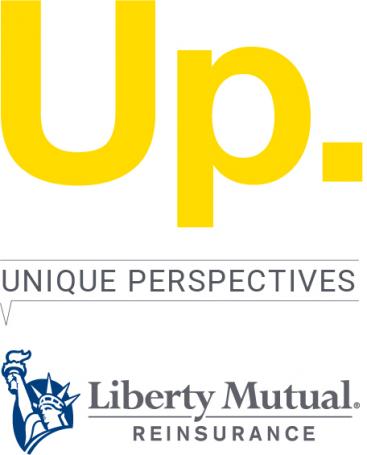We’ve learnt so far during the 2020s is that the cyber market can handle attritional loss deterioration. From mid-2020 to mid-2022 the cyber market produced significant rate change and there was a complete re-underwriting of underlying portfolios, all necessary because of attritional loss from ransomware. The way in which the market has moved together to increase underwriting standards, rates, retentions and overall cyber security, to combat ransomware loss trends has been, how would I describe it…textbook? If there isn’t a textbook (ok, well maybe a chapter) on how the market reacted in 2020, 2021 and 2022, there should be.
Moving to 2023: At 1/1 quota shares and aggregate XOLs remained the most popular reinsurance structures. What was noticeable was the increase year on year in clients’ subject premiums from original 1/1/22 estimates, to revised, and then to 1/1/23 estimates. This increase meant there was pressure on quota share loss ratio caps as reinsurers looked to carefully manage their aggregate positions. Also, as aggregate XOL limits grew in monetary amounts and the capacity needed was increased, this generally led to ROLs or attachment points increasing. Cyber reinsurance remained a capital constrained class at 1/1/2023.
Where does a class of business that has doubled in size in the last three years and is expected to grow at a similar rate in the coming years go from here? Well, in two directions: 1) Addressing potential catastrophic loss 2) Increasing ‘knowledge’ capital.
1. Addressing potential catastrophic loss
The market feels like it can deal with attritional loss, what it’s now prioritising is addressing potential catastrophic loss. You may have read in the press in the recent weeks about the first cyber cat bond. This is good news for the market. Let’s not get carried away, $45m of limit for a $10bn industry isn’t going to reverse the capacity constraint, however it shows the market is moving in the right direction. The market continues to model cyber loss in a more thorough way and needs to develop further solutions to address catastrophic risk. Also, let’s not forget, this is both a first and third party class of business which adds another layer of complexity when it comes to catastrophes. Fortunately at Liberty we’ve been writing cyber cat event XOL for over 5 years, and more generally can also write both proportional and non-proportional structures, so are well equipped to help find solutions for clients.
2. Increasing knowledge capital
Whether it is teaching a new team member who has joined from another industry or line of business, or sharing knowledge with a new or potential capital provider, this is an area of the market where leaders across insurance and reinsurance will continue to stand out. As the market grows and more people are needed to service the growth, the teams that can share knowledge the most effectively will be ones that can win longer term.


